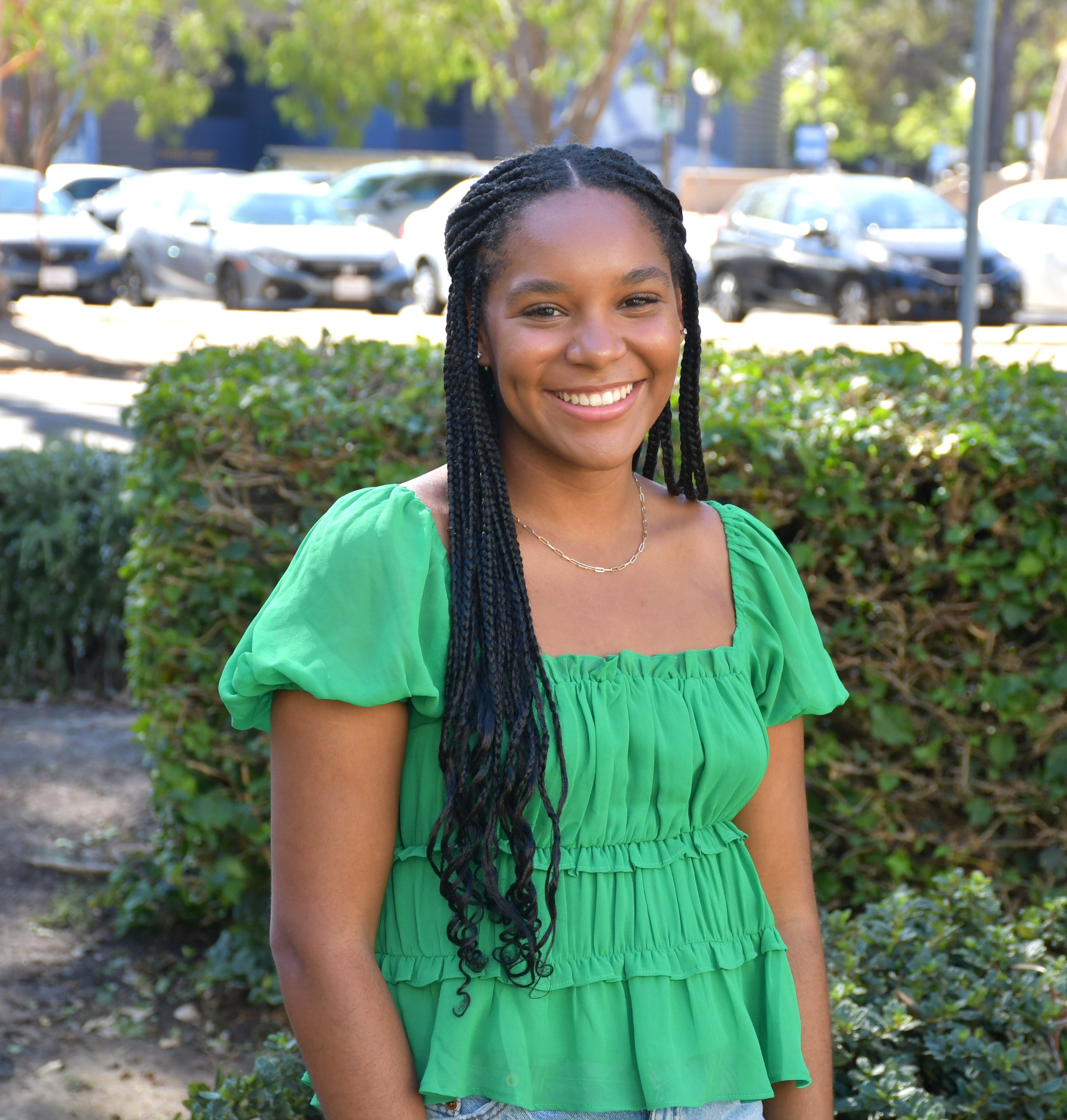Positive Education: How It Is Being Used in Schools and How It Can Be Applied at Home — Cydney Williams
Positive psychology explores ways to promote flourishing and optimal functioning in people, groups, and institutions (Gable & Haidt, 2005). The practice of positive psychology is increasingly used in education and school-based practice … coining the term positive education. Researchers argue that positive education should be taught in schools to help increase students’ sense of satisfaction with life, facilitate better learning and creative thinking, as well as to mitigate the effects of depression and life stressors (Seligman et. al, 2009).
One topic prevalent within positive psychology, and in turn positive education, is the concept of building character strengths. Character strengths have been defined “as intrinsically valued ways of behaving, thinking, and feeling which promote well-being, positive relationships, and successful goal achievement” (Shankland & Rosset, 2017, pg 369). An example of an intervention using character strengths within a school-based setting, is an activity called “secret strength spotting” which aims to increase awareness of others and produce a positive classroom climate. Students are assigned a “secret” partner who they observe for one week and write down different strengths and when they were used. A list of the strengths that would be visible in the classroom, can help remind students of the varying strength options. At the end of the week, the student partners reveal their identities and the strengths they observed (Shankland & Rosset, 2017). Activities such as this one also have potential to be applied in a home setting in which members of a household acknowledge each member's strengths and contributions.
An additional concept being explored within positive education is fostering gratitude. Gratitude can be defined as “a sense of thankfulness and joy in response to receiving a gift, whether the gift be a tangible benefit from a specific other or a moment of peaceful bliss evoked by natural beauty” ( Waters, 2011, pg.79). One example of a gratitude intervention being applied in classroom settings is the “Three Good Things” activity, which is often part of positive education curricula. Students are directed to write down three good things that happened that week and then are prompted to write a paragraph reflecting on ideas such as “Why did this good thing happen?” and “What does this mean to you?”(Seligman et. al, 2009, pg 301). The reasoning behind such interventions is the result of findings within youth sample populations, which support gratitude being significantly associated with positive affect, life satisfaction, optimism, social support and prosocial behavior (Waters, 2011).
As positive education continues to grow in schools, the hope is for the creation of new classroom-based practices and interventions to evolve with it. Ultimately, the goal would be for positive psychology practices to be more widely studied and available to educators and parents alike.
References
Gable, S. L., & Haidt, J. (2005). What (and why) is positive psychology? Review of General Psychology, 9(2), 103-110. https://doi.org/10.1037/1089-2680.9.2.103
Seligman, M. E., Ernst, R. M., Gillham, J., Reivich, K., & Linkins, M. (2009). Positive education: Positive psychology and classroom interventions. Oxford Review of Education, 35(3), 293-311. https://doi.org/10.1080/03054980902934563
Shankland, R., Rosset, E. (2017). Review of Brief School-Based Positive Psychological Interventions: a Taster for Teachers and Educators. Educational Psychology Review, 29(2), 363-392.
Tewari, A. (2023, January 16). The joy of a gratitude jar and how to make it today. Gratitude - The Life Blog. https://blog.gratefulness.me/gratitude-jar/
Waters, L. (2011). A review of school-based positive psychology interventions. The Australian Educational and Developmental Psychologist,28(2),75-90 https://doi.org/10.1375/ aedp.28.2.7
Additional at home application: The Gratitude Jar
Adapted from: (Tewari, 2023)
What you will need:
A jar, box, or storage container
A pen or pencil
Small pieces of paper
Anything you would like to decorate (stickers, ribbon, etc.)
How to do it:
Step 1: At the end of each day think about anything that happened that made you excited, grateful, joyful, etc.
Step 2: Write this down on the small piece of paper
Tip: parents or trusted adults can write it for their child if needed
Step 3: Choose a timeline when you would like to review them: end of the week, end of the month, birthday, or holiday, etc.
Step 4: Make a habit and stay as consistent as possible; don’t worry about being perfect
Cydney (she/her/hers) is a post-baccalaureate research assistant in the UCSB Carol Ackerman Positive Psychology Clinic. She is passionate about exploring positive psychology in the context of school-based practices. Additionally, her research interests are in school-based mental health and culturally-responsive evidence-based practices. Ultimately, she hopes to continue to pursue this line of research in graduate school.

